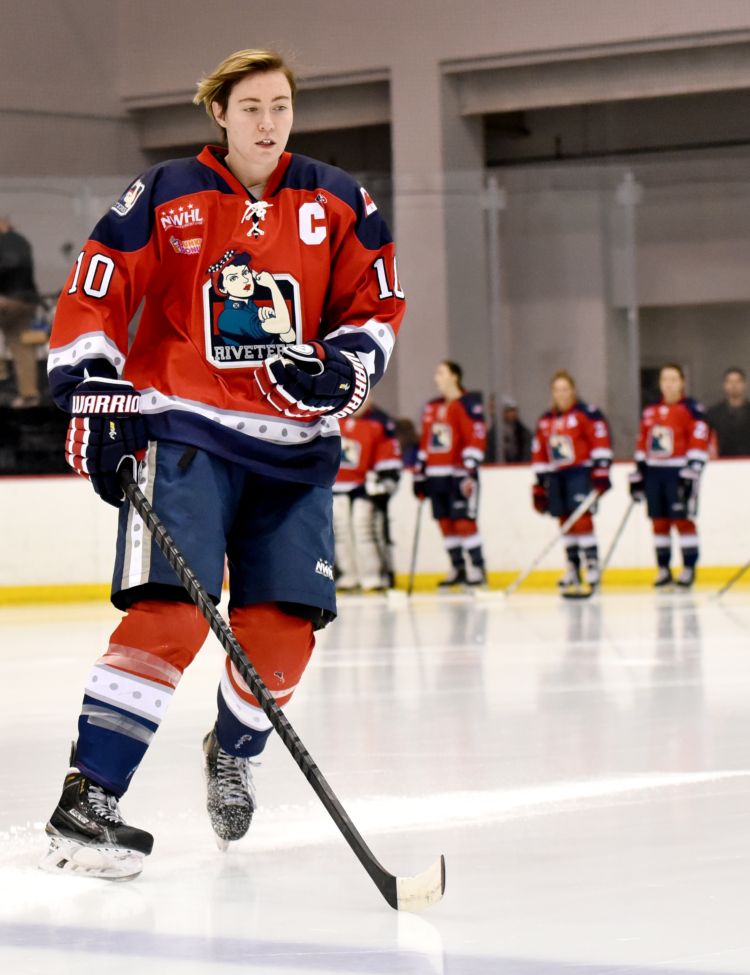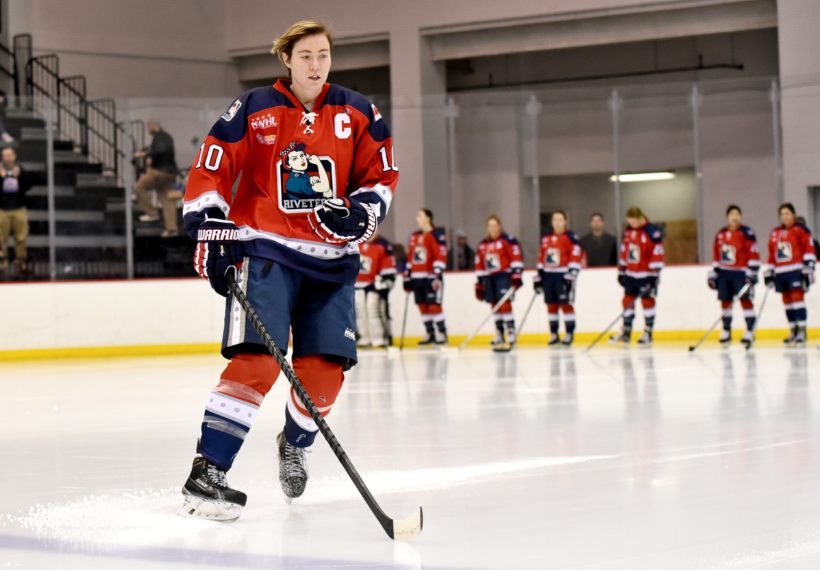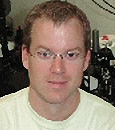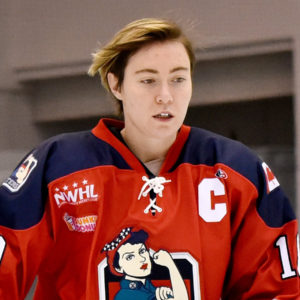About This Episode
Chuck Nice and Gary O’Reilly take another deep dive into the slippery science of the world’s fastest team sport: Hockey. But before they can get to the technology of skates and the qualities of ice that lead to speed, Prof. Alain Haché is back to talk about the physics of stopping abruptly. Because, as Gary says, “Hockey isn’t a contact sport, it’s a collision sport.” Explore the differences between getting smashed against the boards, which looks and sounds more brutal, and mid-ice collisions, which are actually more violent since there’s nothing to absorb the impact energy except the players. Find out which matters more in the severity of the hit: players’ sizes, centers of gravity, or relative velocities. You’ll learn which factors allow skaters to reach higher speeds than runners and why it’s impossible to skate as fast backwards as forwards. Alain settles the argument about whether it’s the pressure of the skate melting the ice or the vibration of the molecules on the surface of the ice that make skating possible at all. It turns out, it’s both, and Alain explains the role temperature plays in the difference between “fast ice” and “slow ice.” Also returning this week is Craig Desjardin, VP of Product at Bauer Hockey, which makes the skates for 78% of the players in the NHL. You’ll hear about technological advances in skate design, including heat-molded skates with carbon fiber that increase agility and responsiveness and let players “feel” the ice like never before. Craig also describes Bauer’s cutting edge technology that allows players to swap out their actual blades – to better adapt to game conditions or the loss of an edge – in just 20 seconds. Get a glimpse of what’s on the horizon, including integrating sensors into equipment to provide biometric feedback, new helmet technology that better manages low energy, high energy and rotational impacts, and neural shields that maintain blood volume in the brain to protect players from concussion from the inside out. In their last segment, Gary and Chuck welcome Ashley Johnston, the ultimate example of what we mean by “Playing with Science.” She’s a mechanical engineer who runs a robotic manufacturing team and is also the captain of the NY Riveters in the National Women’s Hockey League (NWHL). Ashley explains what it takes to be a “shut down defense person” and how she uses strategy and probability to outthink her opponents and “take away their time and space.” You’ll also hear about the revolutionary adjustable prosthetic prototype Ashley developed that will allow children’s prosthetic limbs to adjust as they grow, providing a better fit while reducing the expense of constant replacements. (Note: This episode was recorded just before the NWHL’s Isobel Cup, where the Riveters lost in the first round to the Buffalo Beauts, who went on to win in the final.)
NOTE: All-Access subscribers can watch or listen to this entire episode commercial-free here: Hockey: Physics on Ice (Part 2).




 Unlock with Patreon
Unlock with Patreon




 Become a Patron
Become a Patron